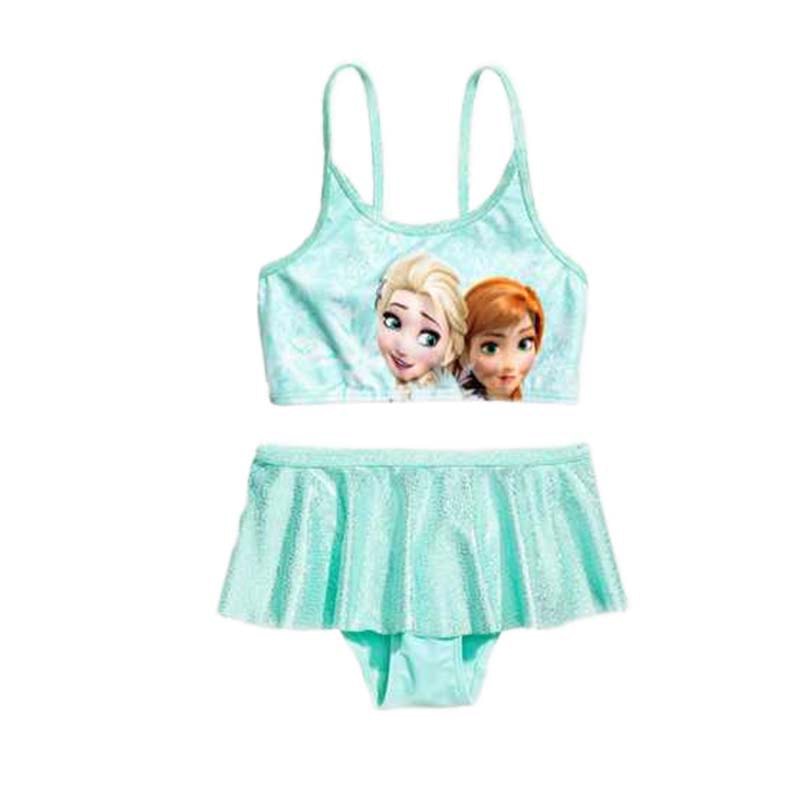As someone who has spent countless hours exploring the world of swimwear, from shimmering bikinis to sleek one-pieces, I have found that understanding the materials used in swimwear is crucial. This journey isn’t just about the aesthetics; it¡¯s about discovering what makes a swimsuit comfortable, durable, and flattering. Let me take you through the fascinating journey of swimwear materials and help you make informed decisions for your collection.
Types of Swimwear Materials
Swimwear materials can be categorized into several types, each with its unique properties and suitability. Understanding these can help in choosing the right material for different swimwear needs.
Swimwear Fabric
Nylon Swim Fabric
Nylon is one of the most common materials used in swimwear, making up about 80% of all swimwear fabrics. It is known for its strength, durability, and lightweight properties. Nylon fabric often provides a smooth fit and can withstand the harsh effects of chlorine and saltwater, making it ideal for frequent swimmers.
Polyester Swimsuit Fabric Blends
Polyester blends are favored for their resistance to chlorine and UV rays. These blends are also quick-drying and maintain their color integrity longer than many other fabrics. Industry reports show that polyester swimsuits last about 2-3 times longer in chlorinated water compared to nylon. If you¡¯re looking for longevity and colorfastness in your swimwear, polyester blends might be your best bet.
Nylon Swimwear Fabric Blends
Blending nylon with other fibers like spandex results in a fabric that combines the best properties of both. These blends offer a great balance of durability, elasticity, and comfort. They provide a snug fit and are often used in performance swimwear. به عنوان مثال, a common blend is 80% نایلون و 20% اسپندکس, providing the perfect combination of stretch and resilience.
What¡¯s the Best Swimsuit Fabric?
Finding the best swimsuit fabric depends on personal preference and usage. Factors like chlorine resistance, stretch, and color retention come into play. In general, I find nylon-spandex blends popular for their versatility, while polyester blends excel in durability. طبق یک نظرسنجی, 65% of users prefer nylon-spandex blends for recreational use, while 70% of competitive swimmers favor polyester blends.
All You Need to Know About Swimsuit Fabric
Swimsuit fabrics are engineered to handle exposure to water, sun, and chemicals. They need to offer support, stretch, and return to their original shape after swimming. Let¡¯s explore these essential aspects of swimsuit materials further.
Different Types of Swimsuit Fabrics
There is a wide range of swimsuit fabrics available, each designed to meet specific needs. From natural fibers to high-tech synthetics, understanding these fabrics can guide your shopping decisions. به عنوان مثال, elastane-based fabrics like Lycra are known for their exceptional stretch capabilities.
What Makes Good Swimwear Fabric
- Durability: A good swimwear fabric can withstand frequent use and exposure to elements like chlorine. Studies show that polyester fabrics can last 2-3 times longer than other materials.
- Stretch: Offers freedom of movement. 20% spandex blends are ideal for achieving this property.
- Chlorine Resistance: Keeps the swimsuit from degrading. Almost 90% of polyester swimsuits are treated to enhance chlorine resistance.
- UV Protection: Protects the skin and prevents fading. Look for fabrics with built-in UV protection, often rated UPF 50+.
How to Shop for Swimwear Fabric
When shopping for swimwear fabric, consider the type of swimwear you’re making. Performance swimsuits require materials with high stretch and durability, while fashion swimsuits might prioritize appearance and comfort. Knowing the fiber content can guide you; for example, 80% polyester and 20% spandex blends offer good performance and durability.
Wait, I need swimwear lining, too?
بله, lining is essential in swimwear for providing extra support, coverage, and durability. It ensures the swimsuit maintains its shape and protects it from wear and tear. Most high-quality swimwear includes a lining made from 100% polyester or a polyester-spandex blend.
The Fun Part: Color!
Lightweight Swimwear Fabric
Choosing lightweight fabrics can enhance comfort and performance, especially in competitive swimming. Look for materials that dry quickly and feel almost weightless, such as blends with high spandex content for maximum elasticity.
Fiber Content
Fiber content determines the fabric’s properties. Knowing the blend, such as 80% نایلون و 20% اسپندکس, gives insights into how the fabric will perform. به عنوان مثال, higher nylon content usually implies greater durability and smoother texture.
Stretch
Stretch is critical in swimwear. Fabrics with higher spandex content, typically around 20-30%, offer more elasticity, ensuring a secure and comfortable fit that moves with you. High-stretch fabrics are ideal for both casual swims and athletic performance.
Power Mesh
Power Mesh is often used in swimwear for added support and shaping. It¡¯s breathable and lightweight, making it an excellent choice for those seeking both style and function. به عنوان مثال, swimsuits with Power Mesh linings can offer tummy control and enhance your silhouette.
Natural Fabrics
While less common, natural fabrics like cotton can be used in swimwear linings or casual beachwear. They offer comfort and breathability but may not be as durable or quick-drying as synthetic options. Cotton blends are often used in casual swimwear for their soft feel.
پرسش
<پ><img alt =”پرسش” SRC =”https://likesdress.com/wp-content/uploads/images/615.jpg”/></پ>
What is the best material for a swimsuit?
The best material often depends on personal needs, but nylon-spandex blends are versatile, offering durability and a good fit. Nylon-spandex blends are preferred by 65% of recreational swimmers.
What’s swimsuit fabric called?
<پ><img alt =”What’s swimsuit fabric called?” SRC =”https://likesdress.com/wp-content/uploads/images/64.jpg”/></پ>
Common swimsuit fabrics include nylon, polyester, and spandex blends. These are designed to handle water and sun exposure.
Is polyester or nylon better for swimming?
Polyester is often more durable and resistant to chlorine, while nylon offers a softer feel and flexibility. Competitive swimmers favor polyester for its durability.
Is swimwear made of polyester or spandex?
<پ><img alt =”Is swimwear made of polyester or spandex?” SRC =”https://likesdress.com/wp-content/uploads/images/477.jpg”/></پ>
به طور معمول, swimwear is made from blends of polyester or nylon with spandex, combining durability with stretch. Spandex content usually ranges from 10-30% for optimal elasticity.





